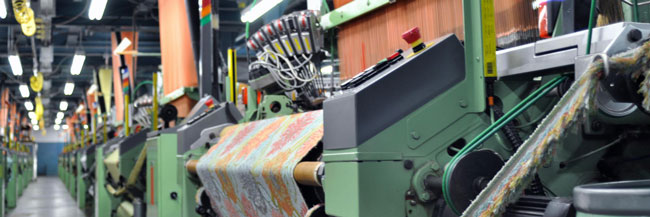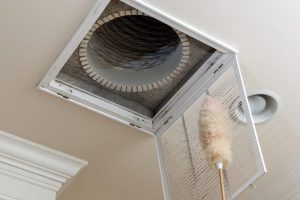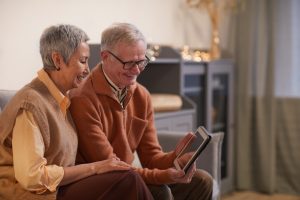Joseph Marie Jacquard – A Revolutionary in The World of Textile Weaving

The weaving industry would have vanished if it was not for Joseph Marie Jacquard who revolutionized the industry by bringing power Jacquard looms into the picture. Before the French Revolution, threads of gold and silver were mainly used in the tapestries and such type of woven fabric was only used by aristocrats because it was expensive and unaffordable by the mass public.
When rebels burnt these tapestries, the weaving industry was saved by the Jacquard weaving machine that was first installed in 1801 by Joseph Jacquard. Even after the computerization of modern machines, the functioning of this power-operated loom remains more or less the same and continues to produce high-quality affordable fabrics.
How does it work?
To make intricate textiles, a Jacquard loom uses punch cards that can have many holes (even hundreds). Each of these holes correspond to a hook, which allows changing the position of the thread. Whether a thread will lie above the weft or below it can easily be changed with the positioning of the hook.
The instruction for hook positioning was manually entered using the punch cards. Thus, by changing the positioning of the hooks, hundreds of different intricately woven loom fabric designs can be created without compromising on quality.
To summarize, the main features of a Jacquard loom are:
- Though it is a power loom, it is manually operated except for the functioning of the punch cards.
- It is cost-effective for producing loom fabrics that permit re-suing.
- The loom standardizes the process of weaving and hence, the quality of the fabric is maintained every single time.
- The loom design became an inspiration for the development of analytical engine perforated cards by Charles Babbage.
- It also inspired Herman Hollerith who used devices similar to the punch card of the loom to input and store information, which resulted in the establishment of IBM.
- The weaving process of the Jacquard loom helps in creating natural variations among the tapestries that come out of the loom.
- This has helped the art industry in creating modern wall hangings by utilizing the unique natural variations that weaved loom fabrics got from these weaving machines.
Until very recently, the uniqueness of Jacquard loom remained pretty unchanged. The modern weaving machines now use digital scanners instead of punch cards to create pixelated images digitally which form the basis on which instructions are laid down to create textile versions of the same image.
The textile versions then form the blueprint based on which loom fabrics are created. Most modern looms used today in the weaving industry are computerized. However, the basic functioning principle remains unchanged. The loom fabric quality also remains unaffected.
The modern loom machines are also energy efficient and provide a higher production rate. The magnetized motor keeps the heat generation to a minimum. The machines also produce very low vibrations even when operated at high speeds.
India and Germany lead the world in the manufacturing of weaving machines, which are easily available for purchase for power loom owners worldwide.








